What Will Happen on Election Night and the Days After
My thoughts on how this will shake out
I am planning for a very late night on Nov 5, and don’t expect any of us will know who won the presidency when we eventually go to bed. It’s likely we might not know the outcome for several days, or even longer.
There are two reasons I say that. First, all signs point to this election being very close, and two, legal challenges are going to complicate things.
In 2020, it took the media four days to call the election for Joe Biden, and he won the election fairly handily, getting seven million more votes than Donald Trump, and 74 more electoral votes.
But news organizations don’t decide election winners. Four years ago, legal wranglings took weeks to play out in court, and until those were finalized, we didn’t know how they might affect the final, official outcome.
When a news organization announces a candidate won a state or the presidency (or “calls” an election), they are using several different factors to determine that. One is vote totals that have been reported from state election officials.
Another factor that news orgs consider are exit polls. Exit polls are done by sampling a number of people at their polling locations on Election Day, asking who they voted for. The media uses these exit polls to help them determine who won that location, even before all of the vote totals are in.
By calling an election, the media is making its best educated guess, but it’s not a foolproof system. Famously, in 2000, some news organizations called Florida for Al Gore, using exit polls to make before enough votes had been reported.
In recent years, news organizations have opted for accuracy over speed, which is why it took four days for Biden to be announced the winner by the media in 2020. But remember: the media calling an election is different from election officials announcing certified vote tallies, which won’t come until days after Election Day.
And this time around the Supreme Court might even get involved, as I explained here.
Election night play by play
The votes you see tallied up by the news media on election night are usually being reported by local election officials, who share their numbers with the media. The certified, official vote will not be confirmed for days.
Right now, 40 states and the District of Columbia allow some amount of ballot processing for early votes before Election Day.
Processing a ballot can mean something different depending on the state. It can include anything from opening the envelopes, confirming the signature on the outer envelope is correct, matching the identity of the person voting to voter rolls, and making sure the ballot is filled out correctly.
In some states, processing can also mean an election worker putting the ballot into the tabulator (scanner).
Pre-processing these before Election Day saves a lot of time, and will give us actual votes on election night versus waiting days. In states where pre-processing isn’t done, election workers can’t get started on this process until Election Day.
What does that mean for election night?
Once polls close in a state on Nov 5, you will see a large number of votes reported shortly thereafter. Those are often the totals from the people who have voted early. Historically, Democrats have voted early in larger numbers than Republicans, so at the beginning of the night it might look like Kamala Harris is “winning.” In the past, this has been referred to as a “blue mirage,” meaning it looks like the Democrat has a huge lead, even though that changes as the night progresses.
As I explained in my early voting newsletter, Republicans this time around are voting early in larger numbers than the past, so that might not hold true on Tuesday. Either way, you should not assume that these first vote totals indicate who will win the election – it is just the first big drop.
Polls close at different times in different states. You can see what time they close in all states here.
Once polls close, election officials start totaling the ballots from people who voted in person that day. So after the early voting numbers, we’ll start to get Election Day totals.
Obviously because of the different time zones, east coast states will come first.
We will likely hear the results of small precincts first, because there are fewer votes to count. Suburbs usually come next, and then the larger cities.
We know Trump does better in rural and some suburban areas, so it’s possible we’ll see Harris leading in the early vote totals, then Trump gaining an advantage when those areas start reporting. Urban areas have the largest populations so they take the longest to report.
How long will swing states take?
Each state has different rules about when they start counting votes, and these rules mean some states will take a long time, even days.
PA and WI
Multiple swing states do not allow election officials to start processing absentee and mail-in ballots until Election Day. Pennsylvania and Wisconsin are two of those states, which is a major reason why I say it’s unlikely we will know who won on election night.
Pennsylvania especially is expected to be one of the slowest stats to release results from mail-in ballots. It took PA four days to finalize the mail-in ballot totals in 2020.
GA and NC
Georgia and North Carolina, meanwhile, allow election officials to start processing ballots early, but they cannot count them until Election Day.
Because ballots in these two states can be processed before the day begins, announcing results may take less time, and we’re likely to hear at least partial results by election night.
In fact, Georgia Secretary of State Brad Raffensperger said, “all early votes and all early accepted ballots [in Georgia] will have to have their results reported by 8pm. That's 70, maybe even 75% of all the vote totals will be reported no later than 8pm on election night.”
MI and NV
Election workers in Michigan and Nevada are allowed to process and tabulate (scan) absentee and mail-in ballots before Election Day.
For example, in Michigan, voters who opted to vote early in-person can put their ballots straight into the scanner, so their votes will be reported immediately when first totals are released on Election Day. But election workers cannot see these results. Similarly, mail-in ballots can be entered into the scanners by election workers ahead of Election Day.
Arizona
It will take a while to hear from Arizona, because they have a process of verifying signatures on early ballots that are dropped off on Election Day. Election officials must verify by checking voters’ signatures on mail-in ballot envelopes against signatures in voters’ registration records. They can start processing ballots ahead of the election, but the process of verifying still takes time.
Jennifer Liewer, Maricopa County Deputy Elections Director said, “Although we will be tabulating ballots more quickly than ever, we want people to know…that it will take time to get results. This is greatly impacted by people who drop off their early ballots on Election Day because our races will be close.”
Recounts
There is also potential for recounts in some states. Twenty-four states and Washington DC have automatic or mandatory recounts when the race is especially close. In Pennsylvania, for example, any race with a vote margin of 0.5 percentage points or less requires an automatic recount.
Nine states do not allow a candidate to request a recount (but six out of those nine do have automatic recount triggers). Recounts can be requested by a candidate, interested party (such as the national Democratic or Republican committees) or a group of voters in 43 states.
Each state has different requirements for those requests, but typically the defeated candidate or a group of voters can ask for one if they believe there was a mistake made when counting the votes. Some states do require there to be a certain vote margin in order to request a recount.
There are two ways recounts can be done: by hand, or by machine. Sometimes recounts are done statewide, or just in certain counties or precincts.
Generally, a machine recount is done first. That’s when the ballots that are being recounted are run through the scanners again to make sure there weren’t any errors by the machine.
A hand recount is what it sounds like. Election officials must examine the ballots one-by-one. During a hand recount, it’s common for legal challenges to be made to decide what should or shouldn’t be counted as a vote.
You might remember photos like this from 2000:
Legal Challenges
We know there will be lawsuits this time around too, and in fact, several election challenges were underway before any votes were cast. I wrote about that here.
There have been about 165 election-related lawsuits filed since 2023, and more are expected once ballots are cast.
Some of the cases have already been decided.
In Georgia, a judge struck down new rules that would have required election officials to hand count all the ballots on Election Day, and that would have allowed election workers to question results before certifying.
In a separate case in Georgia, a judge ruled that certifying the results is mandatory and not optional for election workers.
In Michigan, a court threw out a challenge to how the state maintains its voter rolls and another judge rejected a case about accepting overseas ballots.
Absentee voting was delayed in North Carolina over a legal battle attempting to remove RFK Jr. from the ballot (he was ultimately removed).
In Pennsylvania, mail-in ballots cannot be counted if they do not have a date on the external return envelope. However, voters whose ballots are rejected must be given an opportunity to cast a provisional ballot at their polling place.
Appeals are underway for some of these decisions.
Other cases are still going on, including in swing states:
In Nevada, there is a case about purging thousands of people from the voter rolls. Republicans claim the voters they want to remove are noncitizens, while state officials dispute that.
There is a similar suit in North Carolina, where a suit is challenging 225,000 voter registrations
Pennsylvania is still figuring out whether counties must provide voters with notice if their mail ballot is rejected due to technical errors (or if the voters are in charge of following up themselves and making sure their ballot was received and counted).
Also in Pennsylvania, there is a challenge on whether the state is not taking proper verification steps for overseas ballots.
In Wisconsin, there are several lawsuits that challenge the state’s voter rolls procedures.
Another highly watched case is in Mississippi, which is not a swing state, but the outcome of the case could be felt nationwide. The case is over a 2020 law that allows mail-in ballots to be counted up to five business days after an election. There are 20 or so states with similar rules.
On Friday, an appeals court ruled that this rule violated federal law, and sent it back down to a lower court to decide whether to block the law or rule it’s too close to the election to do so. The impact of this ruling could affect all other 19 states with similar rules.
So even after we know the vote totals, it might take weeks before those work their way through the courts.
Beware of misinformation during the wait
I cannot tell you exactly when we will know who won, but I can tell you that there will be a lot of misinformation about fraudulent voting while we wait to hear the results. That happened in 2020, and the stage is already set for it to happen again.
I leave you with this final plea: accurately tabulating the results of a massive election like we have in the United States (it takes a long time to count 150+ million of ANYTHING) is going to take time. It is better to be slow and accurate than speedy and wrong. The fact that it might take a while to deliver results does not mean there is anything amiss.
I am going to be available on Election Day to help – you’ll be able to find me in Instagram stories!



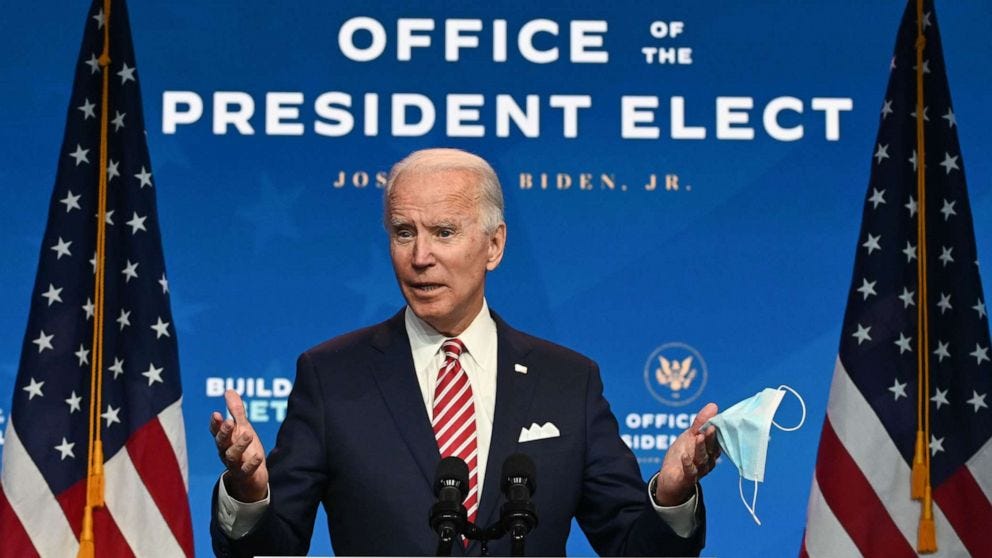
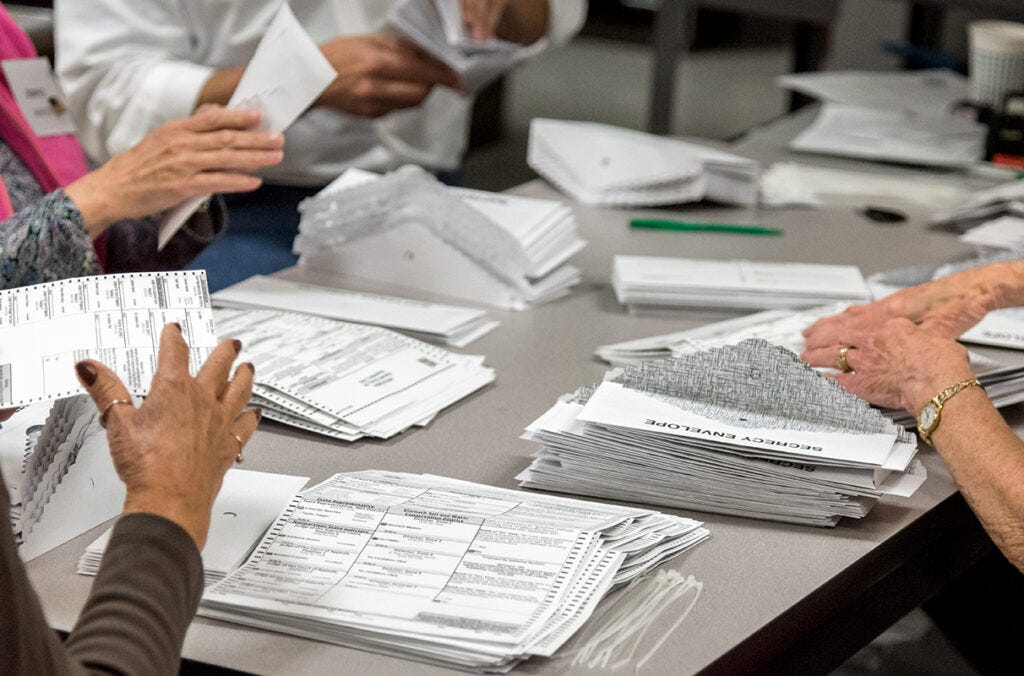
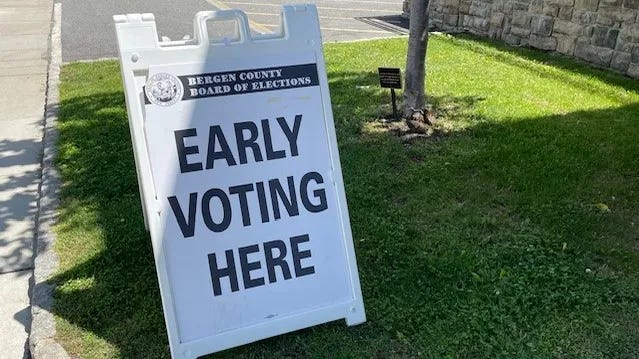
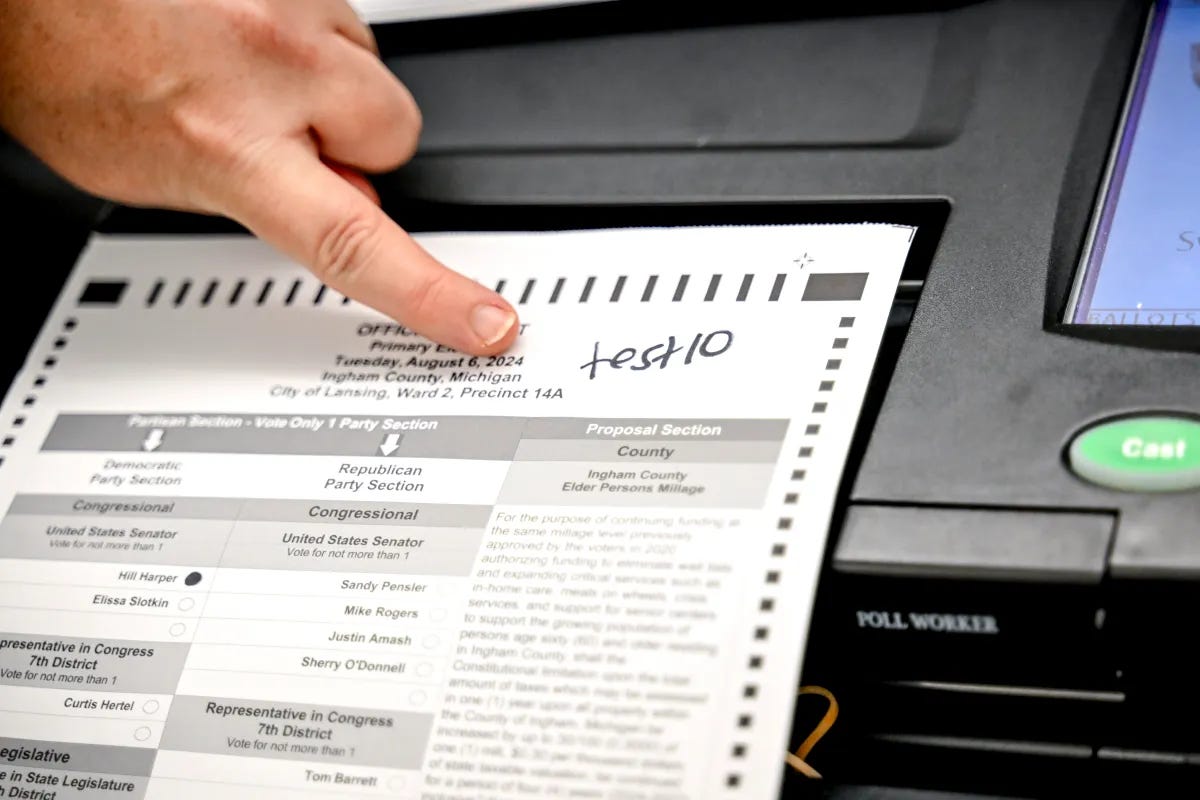
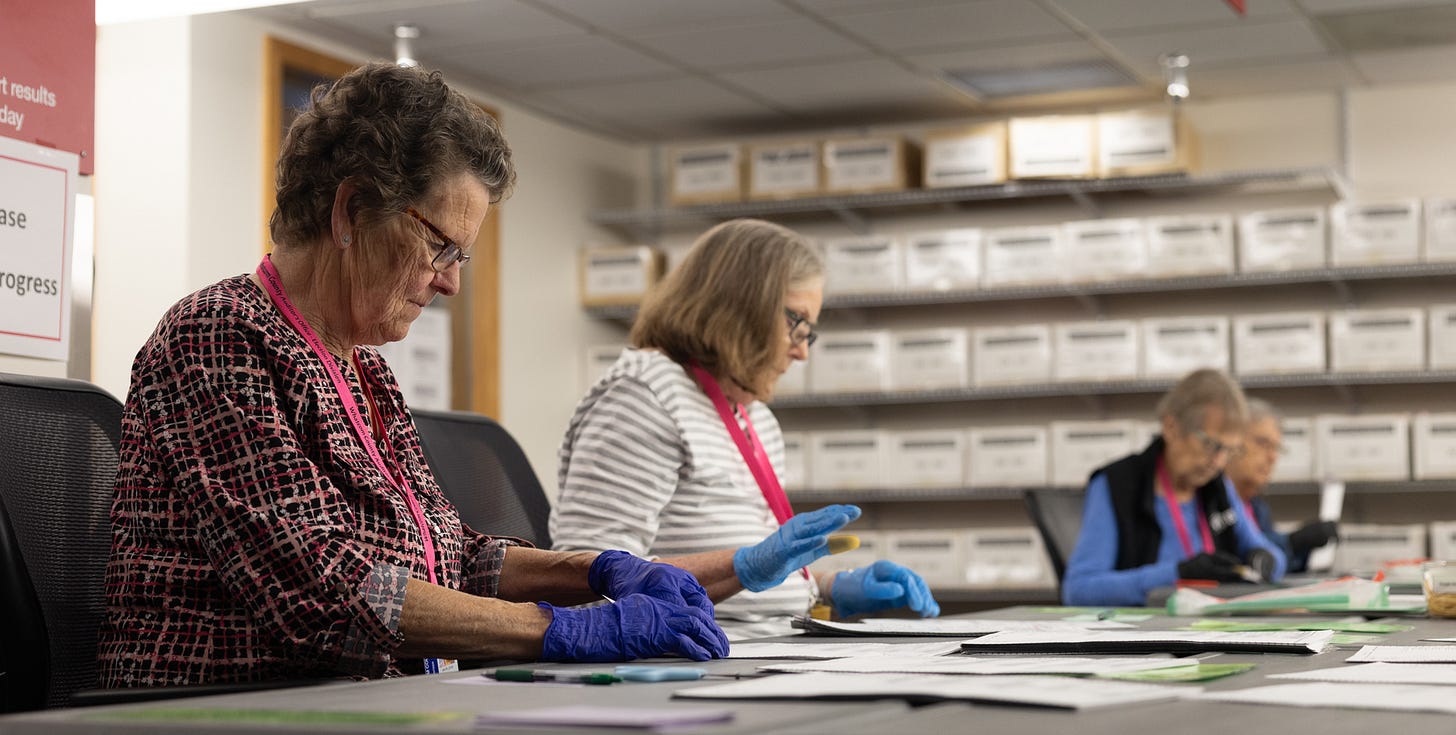

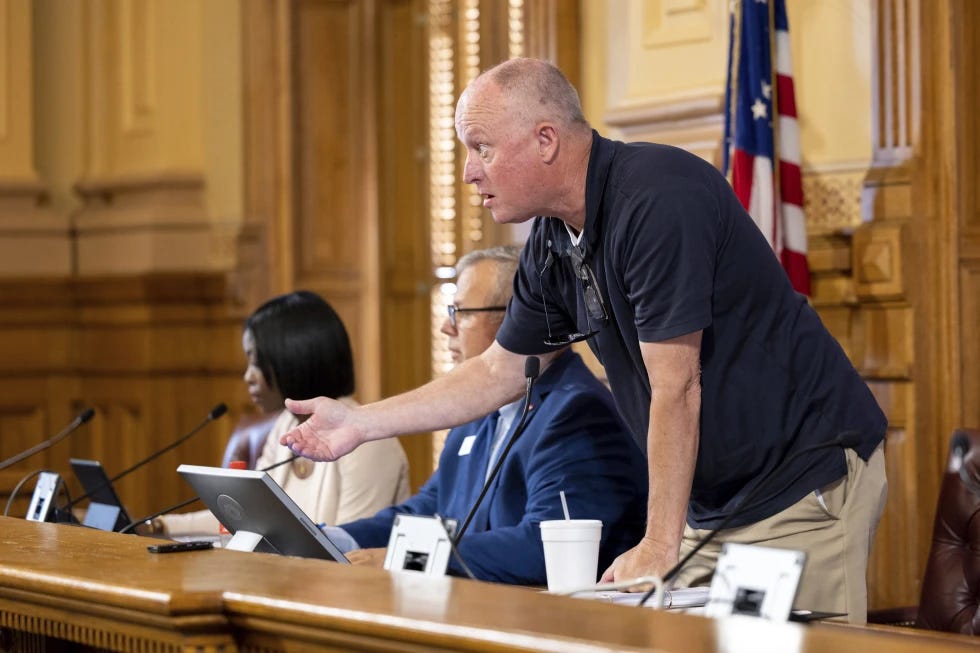

I work in my local precinct in VA as an election official. I can tell you that there are a myriad of steps and multiple checks, double, and triple checks once the polls close. That is just in the precincts and we often stay 2-3 hrs after the polls close securing everything. Then everything is processed again at our election office in our county. Additionally, it is required by law to have election officials from BOTH PARTIES in each precinct. We are not allowed to discuss politics or wear any political attire. Our JOB is to ensure the safety of the process.
Our county also has record numbers of early voters, it will definitely be a few days before we know the results of the election.
All this to say, it really is EXTREMELY difficult for fraud to happen. Each state has systems and rules in place to ensure the validity and safety of all votes. In most states and counties, you can’t leave the precinct until you are dismissed. I really hope anyone else on this thread can share (in general terms. I don’t want to anyone’s safety jeopardized) the process in their state if they know. I think that discussion can also help others see the process more clearly.
Donald Trump is already sowing doubt about the election results. Steve Bannon spoke publicly that Trump should say he won as soon as the polls close to further sow doubt about the results. I am a triathlete. I have never seen someone finish the swim which is the first event and declare that they are the winner. They have to wait until they finish the bike and the run and cross the finish line first before they are declared the winner. Sowing doubt and saying states are cheating is childish and un-American. Politicians should be encouraging everyone to vote and not trying to purge voter rolls and make it harder for people to vote. If you are worried you can't win if a certain sector of people vote then work harder to earn their vote. Don't try to prevent them from voting. Our vote is our voice. Everyone's vote needs to be counted.